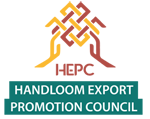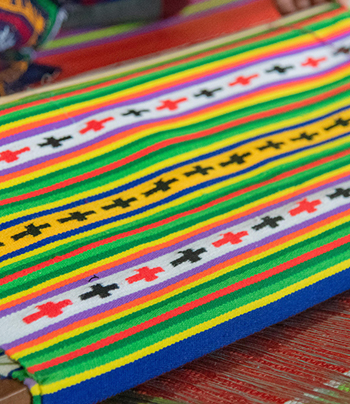Idu Mishmi Textiles
Idu Mishmi Textiles can be described as, the handloom goods woven by Idu Mishmi tribal women living in Dibang Valley, Lower Dibang Valley and parts of Lohit, East Siang and Upper Siang districts of Arunachal Pradesh. The motifs are inspired by nature and mainly consists of intricate geometrical patterns like diamond, triangle, angles and lines. Continuous weaving of these patterns in the form of strips are adopted in designing the goods. The knowledge of making thread and weaving artistic patterns were passed on orally from generation to generation.
The earliest document which describes the patterns and techniques of Idu Mishmis weaving was by Verrier Elwin 1959. He was Adviser for Tribal Affairs in the North-Eastern Frontier Agency (NEFA) since 1954. As Verrier explains ‘Mishmis have a large number of words for their patterns and for all processes of weaving’ like Aaphuju Aatapra; tongs, Ambo; tie, Aaphuju Atutu; basket, Aeto Thrombo; hens feet, Shumu got from Tibetians, Aap Huju Nathru, design like a plant, AphujuTaa received from other Mishmis, Malejo; border design. Mishmis are individualistic and go in for great elaboration of pattern. Intricate geometric designs suggest the systematic structure of the social and religious concepts among the tribes. Mishmi’s weaving is more elaborate, straight forward lines, stripes and bands are the most common motifs, the effect being gained by varying their size, colour and arrangement. Diamond designs are brought to the highest degree of elaboration. They are woven on wrap-around, shawls, bags, ties, coats and on any such items.\ Diamonds within diamonds, diamonds plain and decorated, arranged in every possible combination. Crosses of the saltire type are found on Idu bags and sometimes on their coats.
Source: Intellectual Property India

-used-by-Shaman.jpg)
